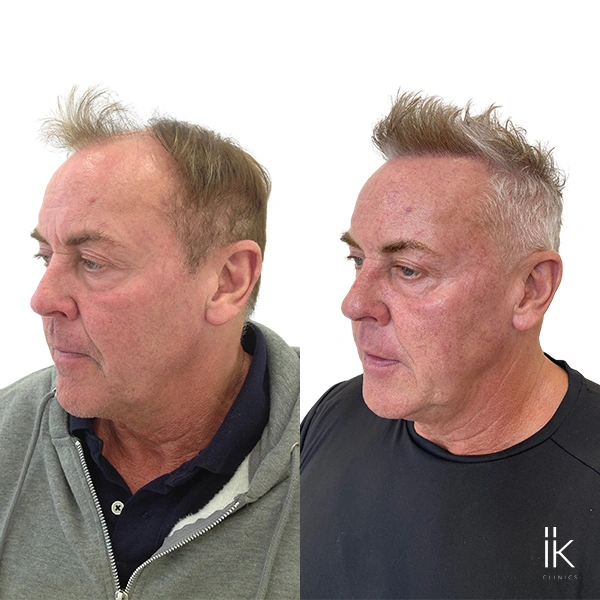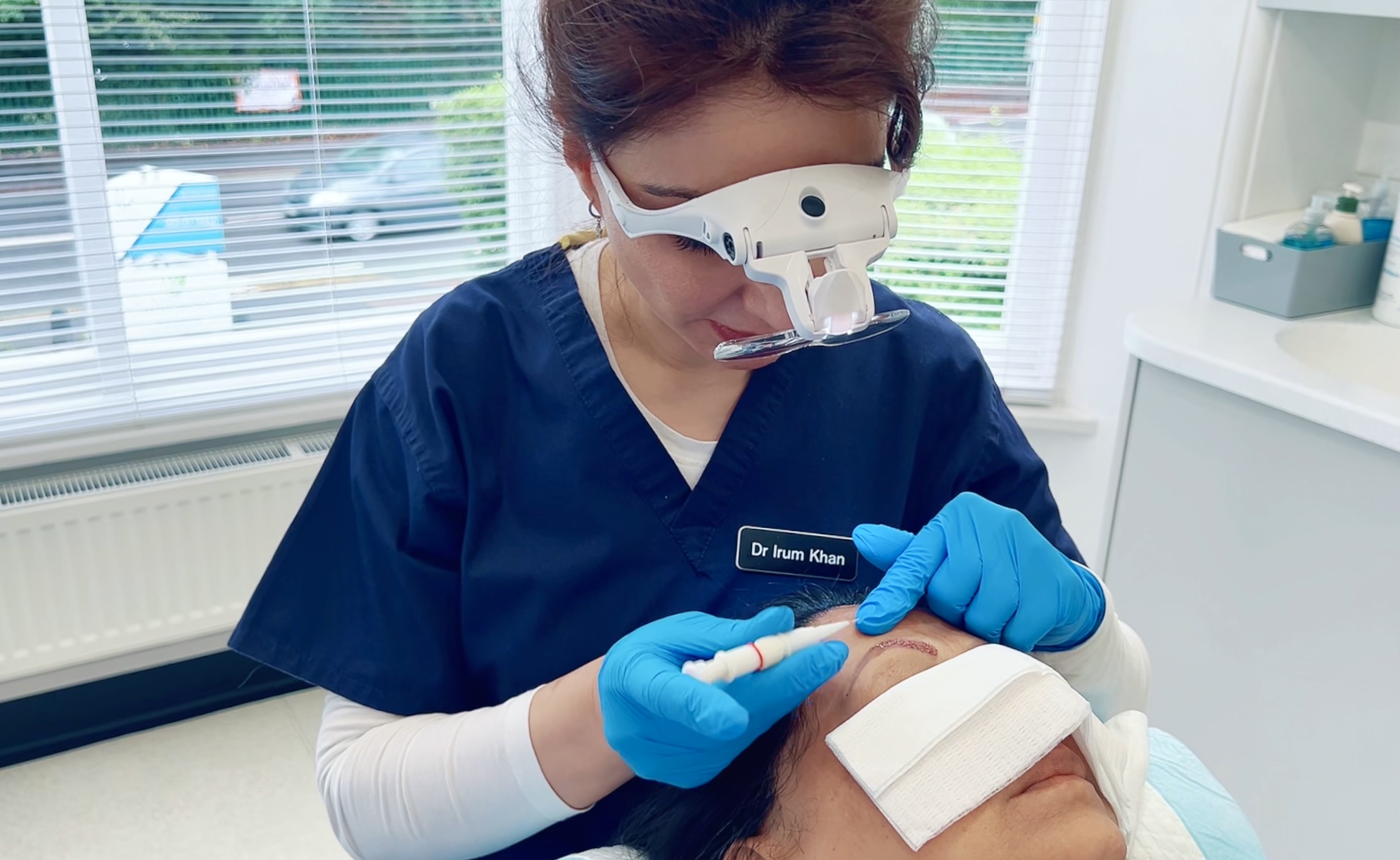But here’s something you may not have thought about: does your hair colour or texture actually influence the success and appearance of your transplant?
It’s a question that comes up more often than you’d expect – and rightly so. After all, not all hair types are created equal.
Whether you’re blonde, brunette, redhead, or rocking the salt-and-pepper look, your hair’s natural characteristics can subtly shape your transplant journey. But does it really impact results? Let’s break it down.
Do Hair Colour and Texture Matter in Hair Transplants?
In short: yes, but maybe not in the way you think.
Hair transplants – whether FUE (Follicular Unit Extraction) or FUT (Follicular Unit Transplantation) – involve moving hair follicles from a donor area (usually the back of the head) to a thinning or balding area.
Success isn’t just about how many hairs survive the move; it’s also about how well they blend in with your existing hair in terms of coverage, thickness, and overall appearance.
Dr. Nadeem Qureshi, a UK-based hair transplant specialist, shares:
“It’s not just about the colour – curl, coarseness, and follicle density all contribute to the aesthetic result. We always tailor our approach to each individual, and that includes understanding their hair characteristics.”
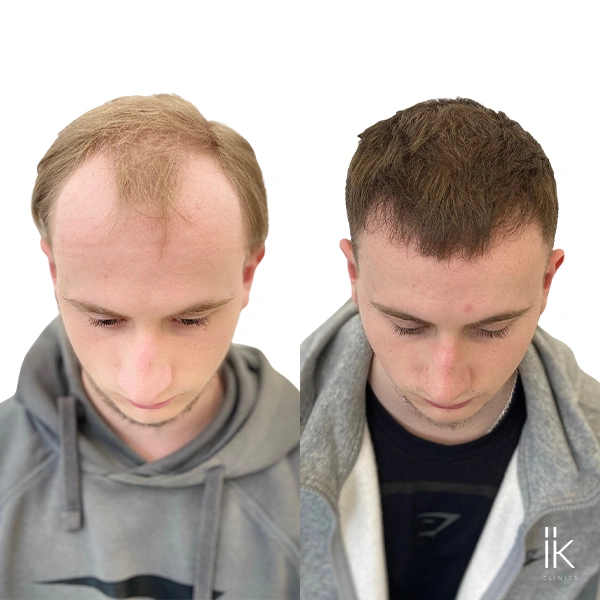
Blonde Hair: Lighter Coverage, Subtle Results
Blonde hair, especially when it’s fine and light, often requires a bit more strategic placement.
Because the contrast between hair and scalp is lower, transplanted areas tend to look more natural even if density isn’t incredibly high. This can be a plus, especially for people concerned about an overly “dense” look that doesn’t match their natural pattern.
However, because lighter hair can sometimes appear thinner than it is, achieving that full appearance may require more grafts in some cases.
Good to know: Fair-haired patients often enjoy a more forgiving result visually, even if the number of hairs transplanted is on the lower end.
Brunette Hair: The Most Common Case
Brunettes have the advantage of being the most common hair type seen in transplant clinics, meaning many procedures have been refined with this group in mind.
Dark brown hair offers a nice balance – it contrasts more with the scalp than blonde hair but isn’t as stark as jet black, which can sometimes exaggerate thinning in lighter-skinned individuals.
The hair texture in brunettes can vary widely, from straight to wavy or curly, so transplant plans are typically based more on individual strand thickness and curl rather than colour alone.

Red Hair: Rare and Rich in Character
Only about 1-2% of the world’s population has natural red hair, making it a bit of a rare gem in the transplant world. Redheads usually have fewer hairs per square inch but thicker strands, which means they can achieve decent coverage without as many grafts.
One of the challenges, however, is that red hair often comes with a pale scalp tone, meaning the contrast is higher and placement needs to be carefully considered to avoid a patchy look during the early growth phase.
Red hair is also more prone to fading with age, which may subtly change the appearance of a transplant over time.
Black Hair: Bold, Dense, and Defined
People with black hair often have a significant contrast between scalp and strand colour, which can be a blessing and a challenge.
The good news? Black hair tends to be thicker, meaning fewer grafts can provide excellent coverage. It’s especially effective for individuals with naturally curly or coiled hair, as the curls add volume and make the scalp less visible.
On the flip side, any unevenness or gaps in density can be more noticeable, particularly on lighter skin tones. That’s why achieving uniform distribution is key for a natural result.
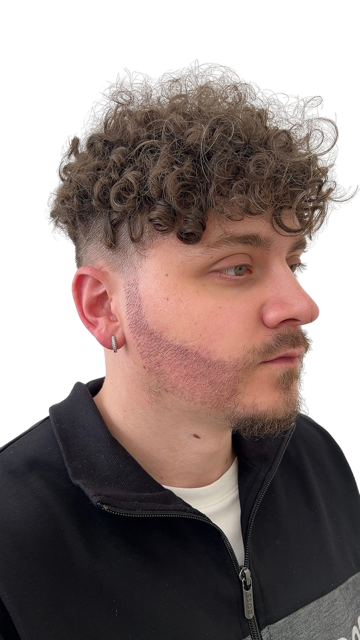
Grey and White Hair: The Surprise Performer
Here’s a pleasant surprise for the silver-haired crowd – grey hair transplants work just as well as any other colour. Many people worry that grey or white hairs won’t “take” as well in a transplant, but in reality, it’s more about follicle health than pigment.
The main hurdle is during the procedure itself: grey and white hairs can be harder for surgeons to see under certain lighting. Reputable clinics, like IK Clinics for instance, use specialised lighting and magnification tools to overcome this issue. Once implanted, these follicles grow just like any others.
Bonus? Grey hair can sometimes be more forgiving in terms of blending, especially as it reflects light more softly.
What Really Matters Most?
At the end of the day, while hair colour and texture do play a role in how a transplant looks, the most important factors are:
- The skill of the surgeon
- The quality of donor hair
- Your individual goals and expectations
Hair density, the angle of hair placement, and your overall scalp condition carry more weight in determining long-term success than colour alone.
A Quick Tip: Ask About Custom Planning: When speaking to your surgeon, don’t be shy about asking how your hair’s colour, curl, or thickness might affect your result. A good clinic will offer a personalised approach, not a one-size-fits-all procedure.
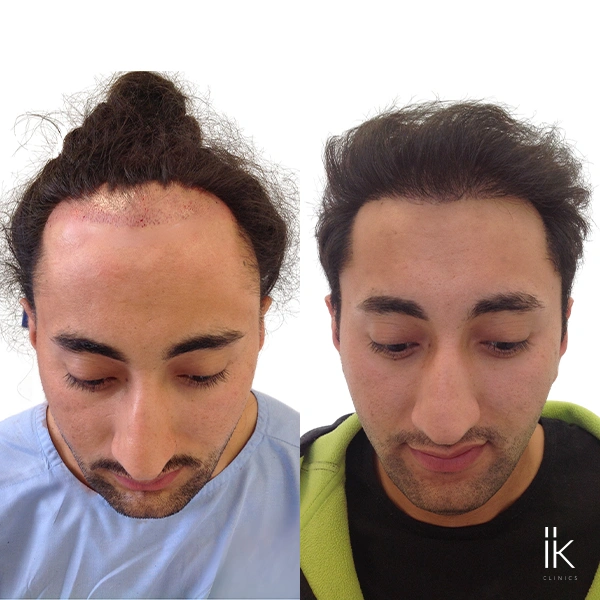
Final Thoughts
Hair transplants are not just a science – they’re also an art.
Colour, texture, and thickness all come together to shape the final look, but rest assured: whether you’re blonde, brunette, red, black, or grey, great results are absolutely possible with the right approach.
So don’t get too caught up in the colour of your hair – focus on finding the right team, asking the right questions, and understanding how your unique hair profile plays into the bigger picture. Your future hairline will thank you.
About IK Clinics
At IK Clinics, we’re not afraid to say that we’re proud to lead the way. Our expert team, advanced technology, and commitment to patient care ensure you get the best experience from start to finish.
What’s more, we offer a range of services in hair restoration, like FUE, Stem-cell and Plasma Therapy, along with various anti-aging treatments. Get in touch to find out more or book a consultation.
